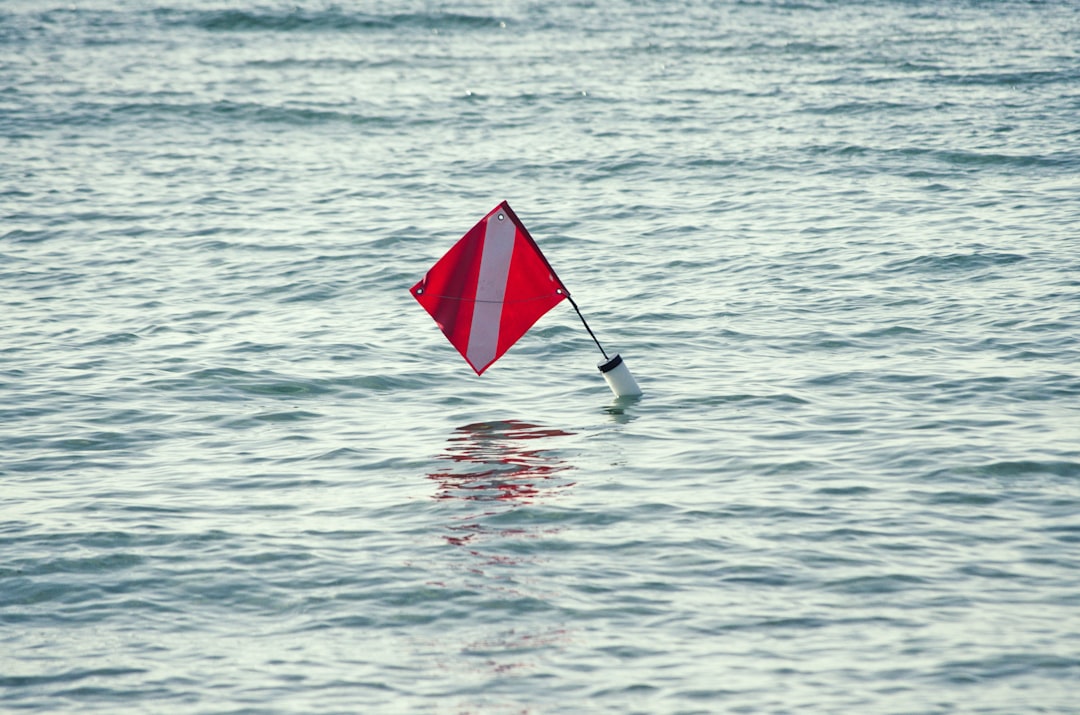Case Study: My Experience With

If you’ve ever been enchanted by the colorful array of flags fluttering in the wind atop a ship’s mast, you’ve witnessed the captivating tradition of nautical flag design. These maritime symbols aren’t merely decorative; each flag bears a unique message, conveying crucial information to sailors navigating the open waters.
0 Picture Gallery: Case Study: My Experience With
Before you set sail into the depths of nautical flag design, it’s essential to grasp the underlying code that governs these maritime symbols. The International Code of Signals (ICS) establishes a standardized method of communication at sea, where each flag denotes a distinct letter, numeral, or signal. This page has all the info you need.
Creating nautical flags necessitates achieving a delicate equilibrium between aesthetics and utility. Every flag must be readily identifiable from a distance, even amidst the choppy waters of the open ocean. Designers frequently choose bold, contrasting hues and straightforward geometric patterns to enhance visibility. Additionally, flags are typically made from durable materials such as nylon or polyester to withstand the rigors of maritime conditions.
Apart from their practical significance, nautical flags are rich in symbolism and tradition. For centuries, sailors have assigned these vibrant banners meanings that are both practical and symbolic. From the infamous Jolly Roger, symbolizing piracy and defiance, to the modest Blue Peter, indicating a vessel is prepared for departure, each flag bears its distinct significance. Familiarity with these symbols enhances the craft of nautical flag design, forging a connection between present-day sailors and a rich maritime heritage.
Properly displaying nautical flags is essential for effective communication at sea. Flags are typically hoisted on a ship’s mast or rigging using halyards or flagstaffs, with each flag’s position conveying specific messages. As an illustration, the “Oscar” flag, denoting a person overboard, is flown above all other flags to highlight the urgency of the situation. Moreover, specific flags may be arranged in predetermined sequences to communicate more intricate messages, such as distress signals or navigational directives. Click here for more helpful tips on this company.
While nautical flags possess an enduring appeal, their practical applications exceed mere decoration. Contemporary maritime sectors depend on these flags for vital communication in activities spanning from commercial shipping to recreational boating. Additionally, nautical flags play an essential role in maritime signaling systems, helping with navigation, collision avoidance, and search and rescue missions. By mastering the language of nautical flags, sailors can enhance safety and efficiency on the high seas.
In an age overshadowed by digital innovations, the tradition of nautical flag communication persists as a testament to humanity’s lasting affinity with the sea. While modern advancements such as radio and satellite communication have augmented maritime signaling systems, nautical flags remain a beloved symbol of seafaring heritage. Whether adorning a historic tall ship or fluttering atop a modern yacht, these colorful emblems continue to captivate the imagination of sailors and landlubbers alike.
To conclude, the craft of designing and exhibiting nautical flags is an age-old tradition that harmonizes practicality with symbolism, linking sailors across oceans and epochs. Hence, when you next observe a string of flags pirouetting in the breeze, take a moment to contemplate the age-old tradition they signify. Wishing you fair winds and following seas on your voyage! See, this website has all the info you need to learn about this amazing product.
This post topic: Sports & Athletics